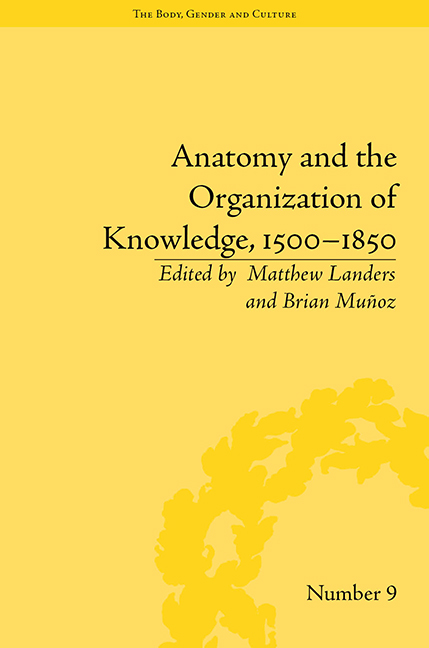Book contents
- Frontmatter
- CONTENTS
- List of Contributors
- List of Figures
- Introduction
- Part I The Body as a Map
- Part II The Collective Body
- 6 Mirroring, Anatomy, Transparency: The Collective Body and the Co-opted Individual in Spenser, Hobbes and Bunyan
- 7 From Human to Political Body and Soul: Materialism and Mortalism in the Political Theory of Thomas Hobbes
- 8 Visualizing the Fibre-Woven Body: Nehemiah Grew's Plant Anatomy and the Emergence of the Fibre Body
- 9 Forms of Materialist Embodiment
- Part III Bodies Visualized
- Notes
- Index
9 - Forms of Materialist Embodiment
from Part II - The Collective Body
- Frontmatter
- CONTENTS
- List of Contributors
- List of Figures
- Introduction
- Part I The Body as a Map
- Part II The Collective Body
- 6 Mirroring, Anatomy, Transparency: The Collective Body and the Co-opted Individual in Spenser, Hobbes and Bunyan
- 7 From Human to Political Body and Soul: Materialism and Mortalism in the Political Theory of Thomas Hobbes
- 8 Visualizing the Fibre-Woven Body: Nehemiah Grew's Plant Anatomy and the Emergence of the Fibre Body
- 9 Forms of Materialist Embodiment
- Part III Bodies Visualized
- Notes
- Index
Summary
The materialist approach to the body is often understood in ‘mechanistic’ terms, as the view in which the properties unique to organic, living embodied agents are reduced to the properties of matter as a whole, allowing for mechanistic explanation. Indeed, from Hobbes and Descartes in the seventeenth century to the popularity of automata such as Vaucanson's in the eighteenth century, this vision of things would seem to be correct. In this essay I aim to correct this inaccurate vision of materialism. On the contrary, the materialist project on closer consideration reveals itself to be an embodied discourse, significantly if not exclusively, (a) focusing on the contribution that ‘biology’ or rather ‘natural history’ and physiology make to metaphysical debates, (b) much more intimately connected to what we now call ‘vitalism’ (as indicated by the presence of Théophile de Bordeu, a prominent Montpellier physician and theorist of vitalism, as a fictional character and spokesman of materialism in Diderot's novel D'Alembert's Dream), and ultimately (c) an anti-mechanistic doctrine which focuses on the unique properties of organic beings. To establish this revised vision of materialism I examine philosophical texts including La Mettrie's Man a Machine and Diderot's D'Alembert's Dream; medical entries in the Encyclopédie by physicians such as Ménuret; and clandestine combinations of these such as Fontenelle.
That the mind possesses such a corporeal nature need not be feared as a blow to our self-esteem.
I.
We tend to think of the emergence of modern materialism as somehow an outgrowth, albeit a more fiery and impassioned one, of the forms of mechanism that flourished in the Scientific Revolution.
- Type
- Chapter
- Information
- Anatomy and the Organization of Knowledge, 1500–1850 , pp. 129 - 144Publisher: Pickering & ChattoFirst published in: 2014



